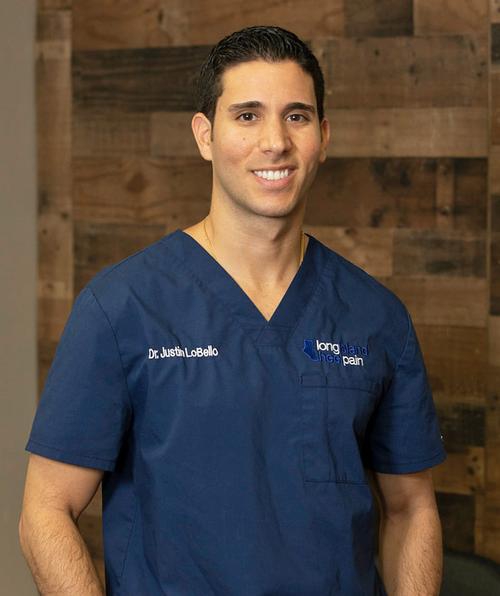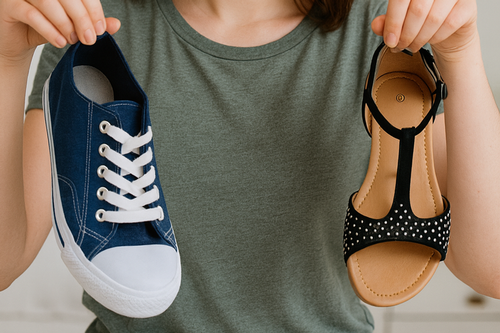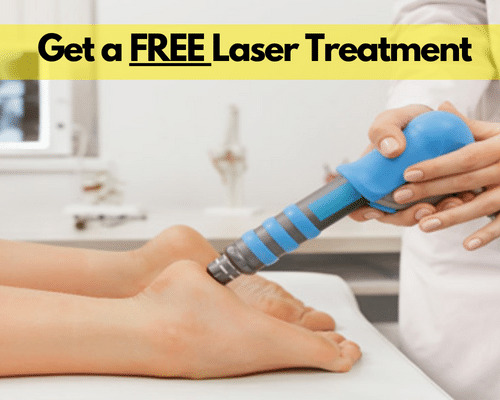Bunion treatment is rarely something anyone looks toward with great excitement. Patients end up thrilled by the great results, certainly – but their perception of the path it takes to get there can sometimes be skewed.
Some believe that bunion surgery is the only way to find any real relief from their symptoms. For some patients, that does end up being true. There are certain cases and circumstances where surgery is the only viable way to find the relief they need – and we see these patients through their surgeries and their recoveries when they are needed.
But for many people who have bunions, surgery is not the only option. Conservative treatments are available that can help them find substantial relief from pain and other symptoms; and in some cases, treatments can also greatly slow or completely stop the bunion from becoming worse.
So if you have been holding off seeking bunion treatment because you don’t want or are unable to have surgery, we encourage you to come in and see us. You may be denying yourself non-surgical options that can help you feel better and stay more active!
Bunion Management Is Not Bunion Correction – But Is Still Worth It
One note we should make clear from the start is that non-surgical treatments for bunions will never fully correct the deformity.
Bunions do not work like teeth. They can’t be corrected with any form of bracing. The instability that is responsible for the bunion in the first place will remain no matter how you try to hold the toe in place. Surgery is the only means we have to fully correct a bunion – and even then, in some cases and with certain procedures, there is a chance that the bunion can begin all over again.
But you do not always have to correct a bunion to provide a patient with enough relief to impact their life in a big way. Non-surgical treatments may not get rid of the bunion, but they can help keep the bunion from having as large an impact on your comfort and mobility.
Treating a Bunion Without Surgery
There are many methods and approaches to treating a bunion without surgery. Our recommendations for your particular case will depend largely on the severity of your bunion, medical history, and the unique personal needs you have.
We always have three primary goals for conservative bunion treatment:
- Relieve or eliminate symptoms as best as possible.
- Slow or completely stop further progression of the bunion.
- Help patients return to or more comfortably do the things they love.
A treatment plan to pursue these goals may include or more of the following methods, among others.
Switching to More Accommodative Footwear
It’s a simple step, but it’s often required – and can make a substantial difference.
We want to look for shoes that remain supportive to the foot while still providing more room within the toebox, relieving pressure and friction against the bunion. Softer linings can also further reduce irritation against the skin, as can materials such as mesh, soft leathers, and stretch knit fabrics that are more pliable and stretchy around the bump.
Custom Orthotics
Custom orthotics can work together with changes in footwear to provide greater overall comfort, but they can also play an important role in slowing the progression of the bunion itself.
Abnormalities in foot structure can cause excess weight to become focused on an unstable big toe joint as we stand and move. A prescribed pair of custom orthotics can help offload this pressure from the joint and distribute it more evenly across the foot.
.jpg)
Splints and Taping
Splints and taping can help support the proper alignment of the toe, increasing comfort and helping to prevent “hot spots” of irritation and friction.
Remember that splinting and taping will not eventually correct a bunion, but providing added support can certainly have a host of benefits toward keeping symptoms at bay.
Conditioning Stretches and Exercises
Incorporating a regimen of stretches and exercises focused on your feet can help build strength, flexibility, range of motion, and endurance in the big toe joint and connected tissues. This can help maintain mobility as well as increase support of the joint, slowing progression of the bunion.
We can build a good stretching and activity plan that best suits your abilities and interests.
Pain Management
If necessary, over-the-counter medications may be recommended to help with flare-ups of bunion pain and inflammation.
For further pain relief, and depending on the situation, we may recommend laser therapy to naturally accelerate and aid the healing of strained soft tissues.
Once again, other conservative treatment options for bunions may be available depending on your individual circumstances. A comprehensive exam is the best way to determine these factors.
Find the Bunion Relief You Need
If it is possible that we can help you find bunion relief through conservative means, we will always be happy to discuss all of those options with you. We want you to be able to stay active and comfortable as much as possible, and the means above have helped many bunion patients do so.
We also can’t stress enough that the sooner you seek treatment for bunions, the better! If you suspect you are in the early stages of a bunion, there is no better time than now to start addressing the issue. Waiting until symptoms become significant enough to affect your daily comfort is putting you at a big disadvantage! Ideally, we can address your bunion in such a way that it may never cause you any problem in the future.
Schedule an appointment with Massapequa Podiatry Associates by calling (516) 541-9000 or by filling out our online contact form. Our bunion experts will be happy to help you..



